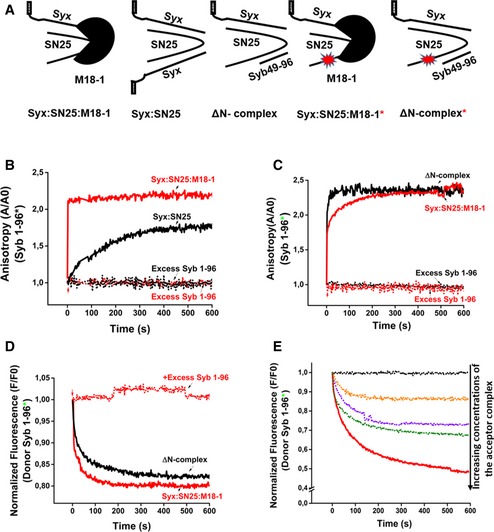Figure 2. Synaptobrevin binds to both syntaxin1:SNAP25:Munc18‐1 complex and ΔN complex with similar kinetics, leading to SNARE complex assembly.

- Cartoons showing the different complexes used in the experiments. Fluorescent and non‐fluorescent versions of the syntaxin1:SNAP25:Munc18‐1 complex and the ΔN complex, as well as the non‐fluorescent version of syntaxin1:SNAP25 complex, were assembled in vitro and purified.
- Binding of fluorescently labeled synaptobrevin to the syntaxin1:SNAP25 complex, as monitored by fluorescence anisotropy, was much slower than to the syntaxin1:SNAP25:Munc18‐1 complex.
- Binding of synaptobrevin to the ΔN complex proceeded with a rate comparable to that of the syntaxin1:SNAP25:Munc18‐1 complex.
- Binding of synaptobrevin to the labeled syntaxin1:SNAP25:Munc18‐1 complex and the ΔN complex measured by FRET (monitored by donor quenching), resulted in kinetics similar to the anisotropy measurements.
- Dose dependence of binding of the syntaxin1:SNAP25:Munc18‐1 complex to synaptobrevin, monitored by FRET.
